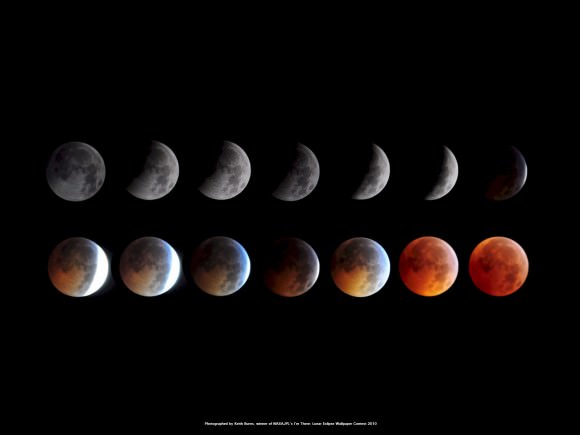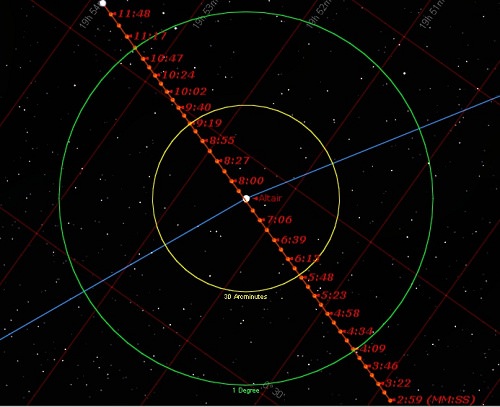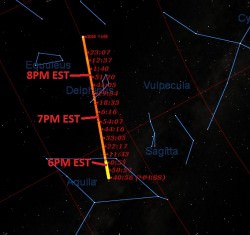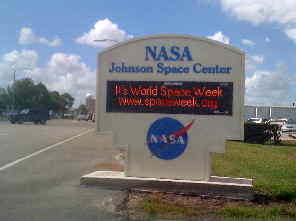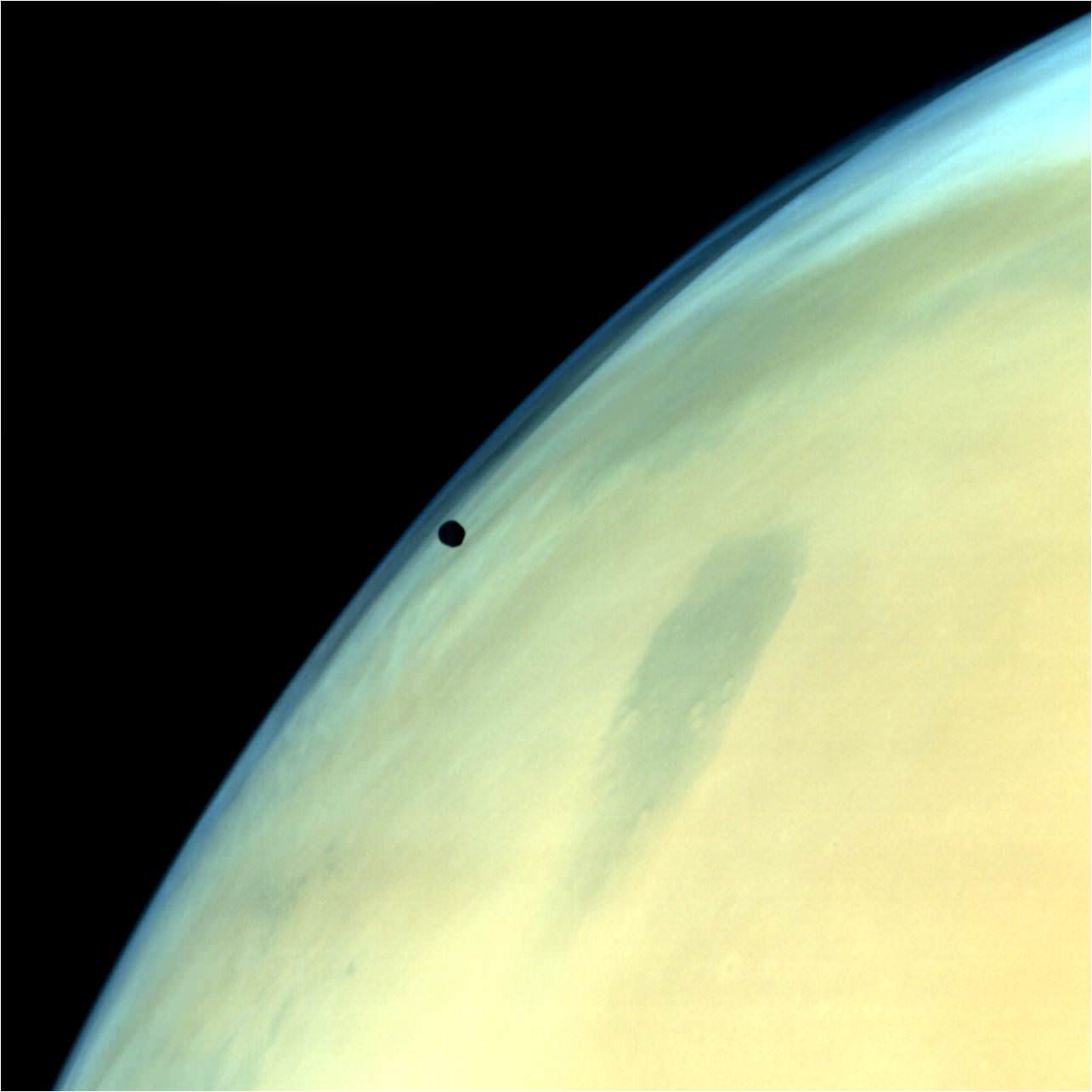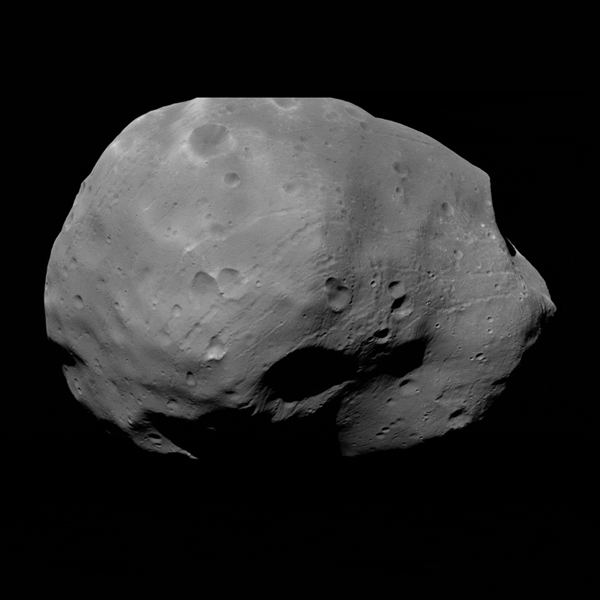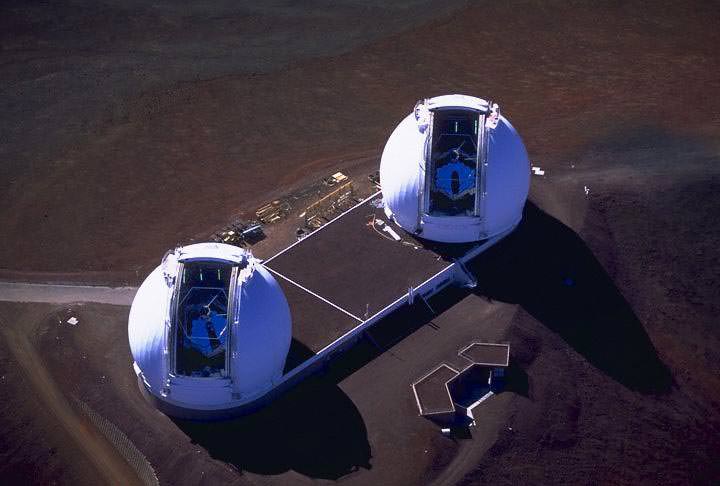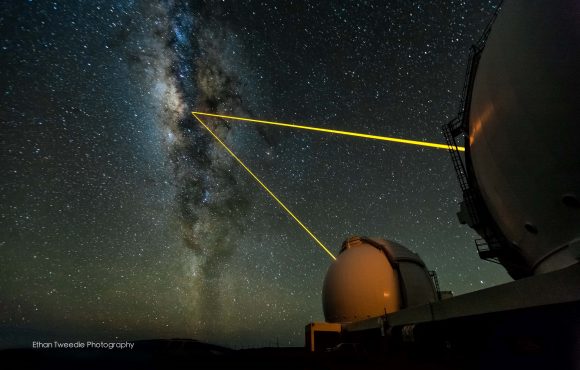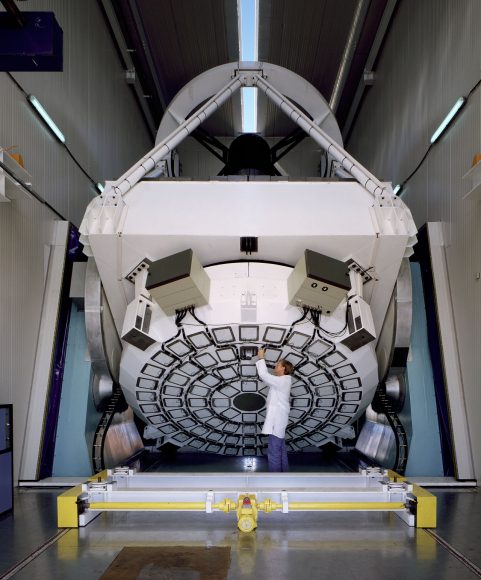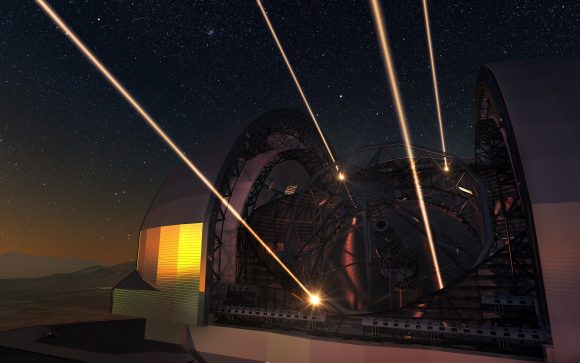[/caption]
Typically, I’ve been known as the Angry Astronomer. But since it’s Thanksgiving here in the US, I figured I should take a break and remind everyone that there’s a lot to be thankful for.
I’m thankful for our galaxy. Aside from being quite nice to look at, its collective (but weak) magnetic field, and the pressure from all the stars within it, protect us from the shock of plowing through the intergalactic medium as well as intergalactic cosmic rays.
I’m thankful for quantum mechanics. While it wasn’t the most fun course I’ve ever taken the fact that particles often behave as waves, giving rise to atomic orbitals, is what makes up the discreet absorption an emission spectra. Without this astronomers wouldn’t be able to determine the composition of stars from great distances.
I’m thankful for Newton’s third law; that one about equal and opposite forces and all that. It’s what lets the moon create tides. This may have had important effects in stabilizing our axial tilt and making life feasible on the planet in the first place. It’s also what allows us to detect planets around other stars through the “wobble method” and exoplanets are just cool.
I’m thankful for the immensely pristine vacuum that exists just beyond our atmosphere. Its existence allows astronomers to test theories at some of the lowest densities imaginable.
I’m thankful for neutron stars and black holes which allow astronomers to test theories at the highest densities imaginable.
I’m thankful for the supernovae which produce these objects and seed the universe with the heavy elements necessary to make planets, people, pineapples, and platypi.
I’m thankful that we’ve had the relatively close supernova (SN 1987a) to study. While I’d love to have another one in our own galaxy, I’m thankful we haven’t had one too close, or that directed a Gamma Ray Burst our way. With all the other issues we face from the universe, another Ordovician extinction just doesn’t sound too fun.
I’m thankful for dark matter. It may be a huge headache for astronomers trying to figure out what it is, but even if we can’t see it, it’s still like the Force: It binds the galaxies together.
I’m thankful for the Sun. Its nearly 1400 watts per square meter pours energy onto our planet, making all life possible, Creationist claims and ignorance aside.
I’m thankful for our atmosphere. It’s generally pretty breathable and it does a great job of blocking out that cancer causing UV. If only it would lighten up and let some more IR through so we didn’t have to send telescopes to space to study this region of the spectrum.
I’m thankful for this lump of rock, third from the Sun, we’re all riding on. It the grand scheme of things, it’s just a pale blue dot, but that’s home. And it’s not so bad.
So what is everyone else thankful for?



